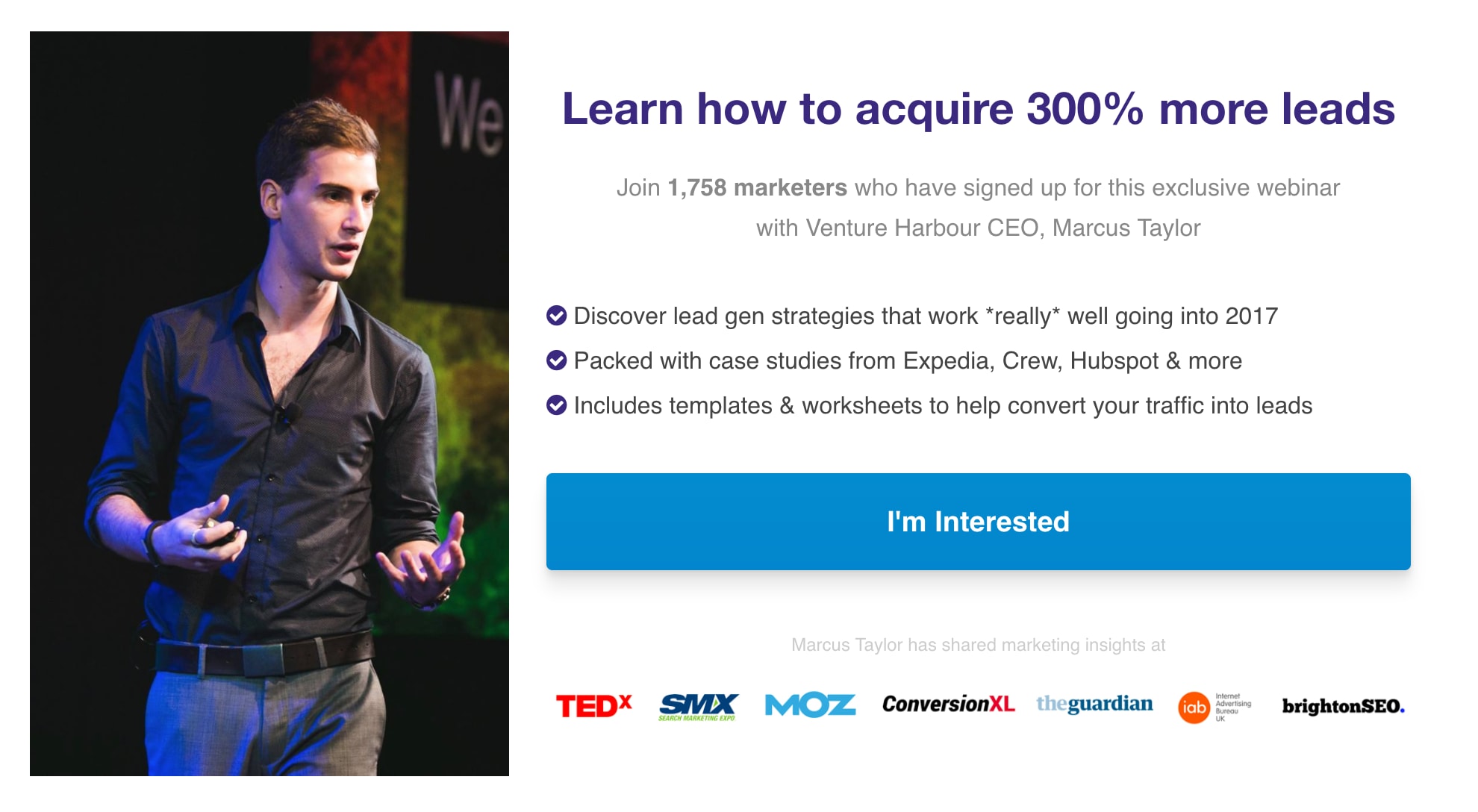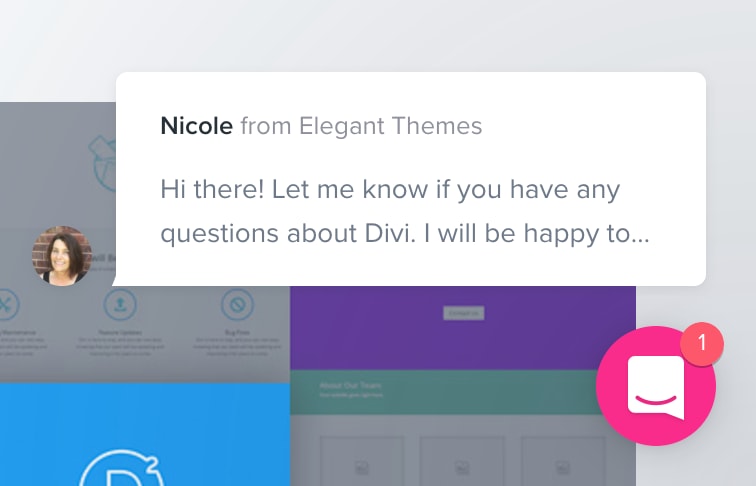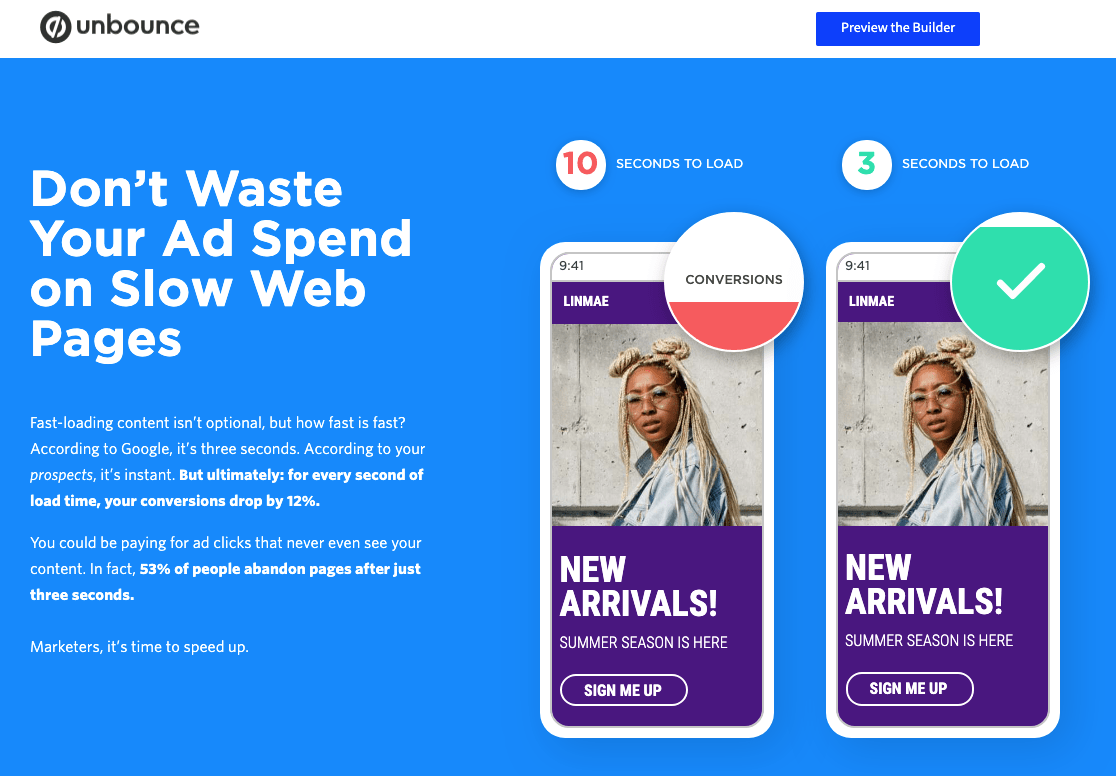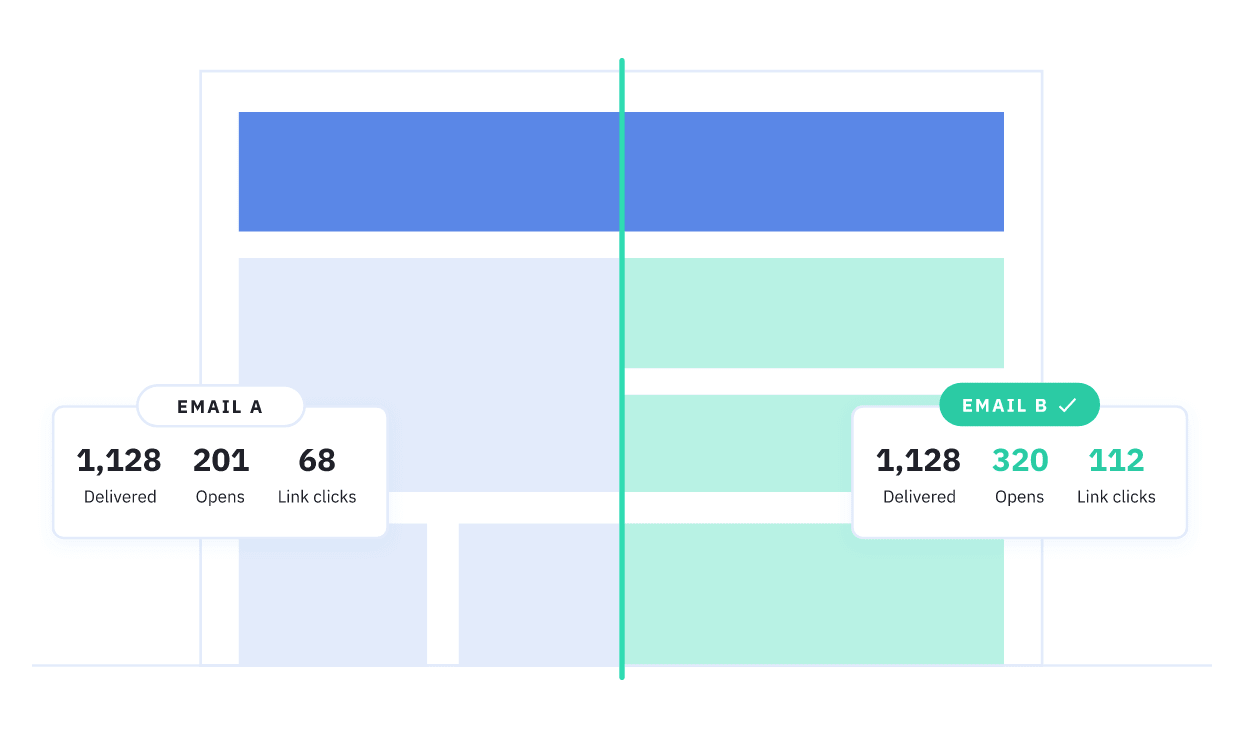Love them or hate them, exit-intent pop-ups are a favourite lead generation strategy. They’re not without controversy though. We’re talking about one of the most divisive topics in the industry: a clash between conversion optimisation and the impact on user experience.
On the side of exit pop-ups, there are plenty of case studies promising big conversion rate increases. However, the other camp will tell you these studies exaggerate the positive impact they have and overlook the implications they come with.
As with most things in this business, there is no single correct answer. So, today we’re going to address these issues to help understand what they mean for your marketing efforts. We’ll be looking at the following points in this article:
- Implementing exit-intent pop-ups
- How do they impact conversion rates
- Why you shouldn’t rely on them too much
- The declining performance of exit pop-ups
- Some alternatives you can use, in place or alongside them
By the end of this article, you’ll have a much better understanding of the pros and cons of exit-intent pop-ups as a conversion tool.
Implementation is crucial
Let’s be realistic: slapping a bunch of pop-ups over your site and hoping for the best doesn’t count as a conversion strategy. There’s a little more to it than that. Above all, it depends on the offer you present and whether it justifies stopping users on their way out of your website.
The exit pop-ups used on VentureHarbour hits users with an offer no marketer or businesses owner can ignore.
Let’s imagine a user who’s found nothing interesting on your homepage and decided to leave. If you expect them to suddenly sign up for your newsletter because you make it unnecessarily difficult for them to leave, prepare to be disappointed.
Now, let’s imagine a different user. This one clicked through to a blog post of yours via social media, meaning they’ve shown a specific interest in a topic. And, once they’re done reading, there’s a good chance their next action will be leaving – unless you provide them with a reason to stick around. In this case, a targeted exit pop-up that offers a free download or promotion related to your article makes sense.
These are the kind of strategies you need to come up with.
Exit-intent strategy examples
Here are some other strategy examples to give you a few ideas:
- On product pages: Stop users from leaving after viewing a product by sweetening the deal somehow (e.g.: coupon code).
- Cart abandonment: Reduce cart abandonment with a last-minute offer or ask people to save their shopping list.
- Landing pages: When your landing page message doesn’t quite work, exit pop-ups provide one last chance to make an offer.
- Running discounts: People might be more willing to hand over their email address for a special offer that lasts a week, rather than forcing them to buy now.
- Price/availability alerts: When prices or availability often change (flights, properties, job positions, etc.), offering alerts is a great way to get people involved with your brand.
Each of these exit pop-up strategies has two things in common. First, they target the interest users have already shown by landing on your page. And then they turn this interest into a relevant offer that might prevent this person from leaving if something else doesn’t keep them on your site. The challenge is coming up with an offer that’s unique from everything on your page and more convincing – because those offers clearly haven’t worked once a user decides to leave.
What about the conversion rates?
We’ve all seen blog posts boasting 300% conversion increases from using exit pop-ups, but how truthful are these? Well, in most cases, you’ll actually be looking at an average of 5-10% increase in conversions with a targeted pop-up strategy – a far cry from the big figures you might be used to.
Don’t get me wrong, it is possible to get figures like this but it suggests something is wrong with the test. First of all, this result doesn’t tell us what kind of conversions suddenly skyrocketed. More worrying, though, is why this page/website is leaking enough traffic to see a 300% hike in any kind of conversion from exit-intent pop-ups.
‘Conversions’ can be a misleading word
Conversions is a blanket term that can mean anything from signing up for a newsletter to buying a product and anything in between. Go back to the short list of pop-up strategies we ran through above and you’ll see clear goals for each of them: decrease cart abandonment, increase product sales, target email subscribers, etc. These specific conversion goals are the kind of things you need to be targeting – not blanket terms.
Yes, this drastically reduces the percentage of your conversion increase, but it’s a targeted increase and a higher quality of lead. It’s better to work with 100,000 high-quality leads than a million duds.
Exit pop-ups are the last resort
You also need to remember that exit pop-ups are a backup to your web pages. As soon as a user sees these things, your page – and the sales funnel surrounding it – has failed. You want the vast majority of visitors to never even see your exit-intent pop-up because your site is so well-optimised for conversions that most people never make it that far.
Note: You should also disable exit pop-ups for users who have already completed your conversion goal.
It’s not unusual to slap an exit pop-up over a site that’s leaking traffic and see a spike in conversion rates – especially for generic conversion goals. But this says more about the failings of the site itself than the pop-ups that prevented people from leaving it.
The decline of exit-intent pop-ups?
Something we’re also starting to see is signs of an overall decrease in the average increase of conversions by using exit pop-ups. It’s not a major drop but one that’s worth keeping an eye on over the next couple of years.
There are a lot of potential reasons for this:
- As we optimise sites, the need for exit pop-ups decreases
- Users could be getting too used to them
- Increased use lowering the overall quality of strategy and offers
- Google penalising pop-ups on mobile
- New alternatives to exit pop-ups
Now, it would be great to believe that, as we continue to optimise our sites for better performance, the need for exit pop-ups reduces. However, there are too many other variables for us to know for sure.
Exit-intent pop-up alternatives
One of these variables includes a number of exit-pop-up alternatives that have cropped up in recent years. Each one comes with their own pros and cons, of course, but we’ve got more options than ever when it comes to maximising leads – and this can only be a good thing.
Notifications
Yes, these notification requests seem to be everywhere right now, prompting users to opt in for push notifications even after they’ve left a site. The technology works on mobile and desktop alike and you can use this to update users about new content, offers, shopping cart reminders and all kinds of other notifications as they continue to browse the web.
In theory, these things are incredible. In practice, though, they can be annoying as hell because legally you have to ask users to opt-in and this brings us back to intrusive pop-ups.
Live chat
Live chat is finally in the big leagues of design/marketing trends, offering up a kind of alternative to pop-ups and web forms in one solution. Again, the theory sounds compelling, but the widespread use of live chat on homepages, landing pages and other key parts of your website can raise negative performance and user experience issues.
As always, it’s a question of how you implement the technology and whether it actually improves the experience, rather than complicating it further.
Multi-step forms
Thankfully, there are some non-intrusive alternatives out there. Multi-step forms reduce friction in a number of ways, starting with the fact they don’t look anything much like forms at all. This instantly removes the psychological resistance people have when it comes to filling out forms. Crucially, they also slot into your web pages, making them a part of the experience, rather than interrupting it (a novel concept these days).
Calls-to-action (remember those?)
Here’s a crazy idea for you. If users are getting to the bottom of your blog posts and leaving (or giving up halfway through) why not give them a reason to stick around before they lose interest. The same thing goes for homepages, landing pages and your other key lead generation tools. Break them up with strategic, relevant CTAs that tap into the interest they’ve already shown by landing on your page.
Back in the old days, this was known as call-to-action design and you didn’t need any fancy JavaScript pop-ups to make it work.
Should I use exit-intent pop-ups?
The worst thing you can do as a marketer is get caught up in chasing new solutions, instead of actually fixing problems. After all, it’s easier to chuck pop-ups all over your site than try to get to the bottom of an issue yourself – especially when companies selling pop-ups software promise it’s going to transform your business.
If you’re strategic about using exit-intent pop-ups as a safety net to reduce the number of leads slipping away, then you’re approaching things from the right angle. If you’re using them to make up for the failings of your website, then you’re doing yourself an injustice. Your priority should always be getting the best from your page designs, web forms and CTAs first because these are the non-intrusive elements that build the online experience for your users.
Once you have these things in order, you’ll get an accurate idea of what additional technologies like exit pop-ups and live chat can bring to your brand. Otherwise, you’re simply painting over cracks.








